Conserving nature in Texas
Texas Master Naturalist Program celebrates milestone anniversary
Over the last 25 years, 15,300 Texas Master Naturalists have left their mark on more than 256,000 acres of Texas landscapes. Their impact spans the humid tidal marshes of the Gulf Coast to the arid vistas of the Trans Pecos.
And this passionate volunteer cohort of Texans has no intention of slowing down.
Established in 1998 as a partnership between the Texas A&M AgriLife Extension Service and the Texas Parks and Wildlife Department, the Texas Master Naturalist program is the first naturalist program of its kind in the nation to be implemented on a statewide scale. It has served as the model for other states seeking to harness the power of volunteers for the benefit of natural resources.
“We really pulled together the strengths of both agencies to create this program,” said Michelle Haggerty, Texas Master Naturalist state coordinator with the Texas Parks and Wildlife Department.
A corps of well-informed volunteers
The program is comprised of 49 chapters serving 213 counties across the state.
Mary Pearl Meuth, Texas Master Naturalist assistant state coordinator with AgriLife Extension, said she hopes to see these numbers grow.
Since its inception, the mission of the Texas Master Naturalist program has been the development of a corps of well-informed volunteers who provide education, outreach and service dedicated to the beneficial management of Texas’ natural resources and natural areas within their local communities.
This statewide network of volunteers is essential to achieving conservation-related goals given the sheer size of Texas and limited resources of many state agencies, nature centers and nonprofits, Haggerty and Meuth said.
“On average, we have 6,000 active Master Naturalists contributing volunteer hours each year,” Meuth said. “Our volunteers help state agencies accomplish goals on a large scale.”
In 2022 alone, Texas Master Naturalists logged more than 515,000 volunteer hours, completing projects such as collecting research data, tagging monarch butterflies, leading guided hikes, developing educational curriculums, providing small-acreage land management consultations and more.

“My hope is that when someone thinks of the future of Texas’ natural resources, they think of Master Naturalists and the Texas Master Naturalist program. So many great things are accomplished because of the efforts of our volunteers.”
Michelle Haggerty
Texas Master Naturalist state coordinator, Texas Parks and Wildlife Department
Learning from statewide experts
To obtain the skills and knowledge needed to tackle these diverse projects, Master Naturalist trainees must successfully complete an approved training program through a Texas Master Naturalist chapter using the state-approved program curriculum. This includes at least 40 hours of combined field and classroom instruction.
“Our curriculum was updated in 2016 and is comprised of 24 different units addressing natural resources statewide,” Meuth said. “In addition to statewide ecological baseline knowledge, trainees are given additional in-depth knowledge specific to their local ecosystems.”
Trainees also have the benefit of learning this material directly from natural resource professionals.
“The folks who teach these trainings run the gamut of expertise and agency representation,” Haggerty said. “This includes professionals from Texas Parks and Wildlife, AgriLife Extension, U.S. Fish and Wildlife Service, as well as researchers from academic institutions.”
In addition to training, Master Naturalist candidates are required to complete 40 hours of volunteer service and an additional eight hours of advanced training within a year of the initial instruction. This advanced training and volunteer service is annually required to maintain the Master Naturalist certification.
Chapters hold training sessions during the spring or fall of each year, and no existing ecological knowledge or outdoor experience is required to get involved.
“You don’t need existing natural resource knowledge to become a Master Naturalist,” Haggerty said. “All you need is the interest to get started.”
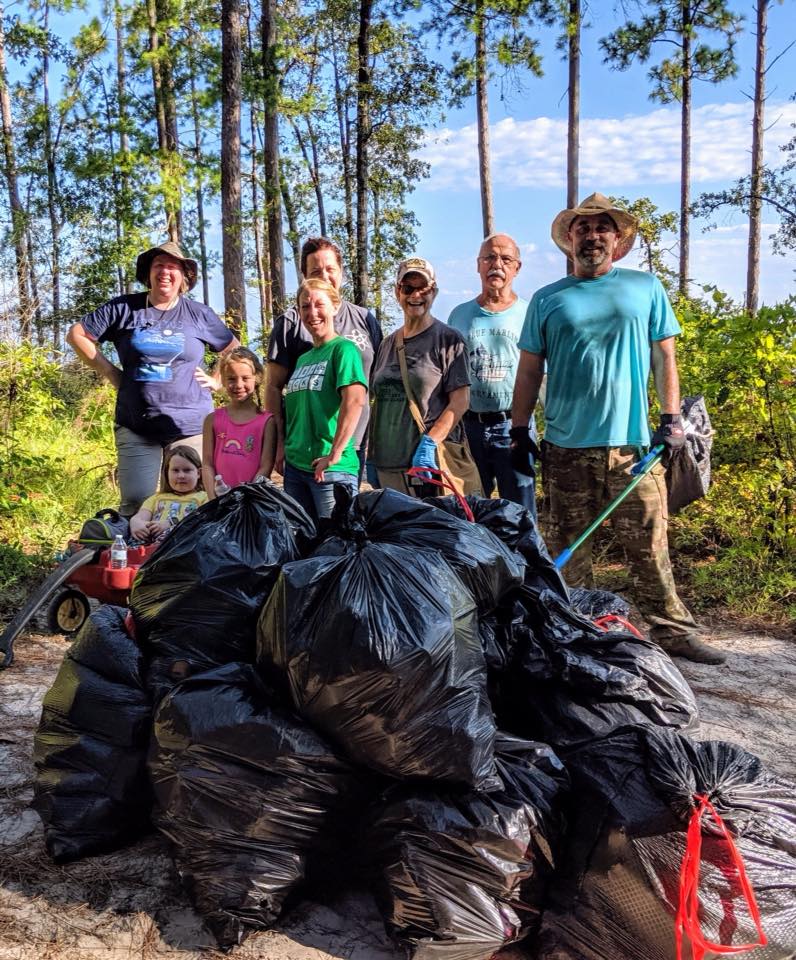

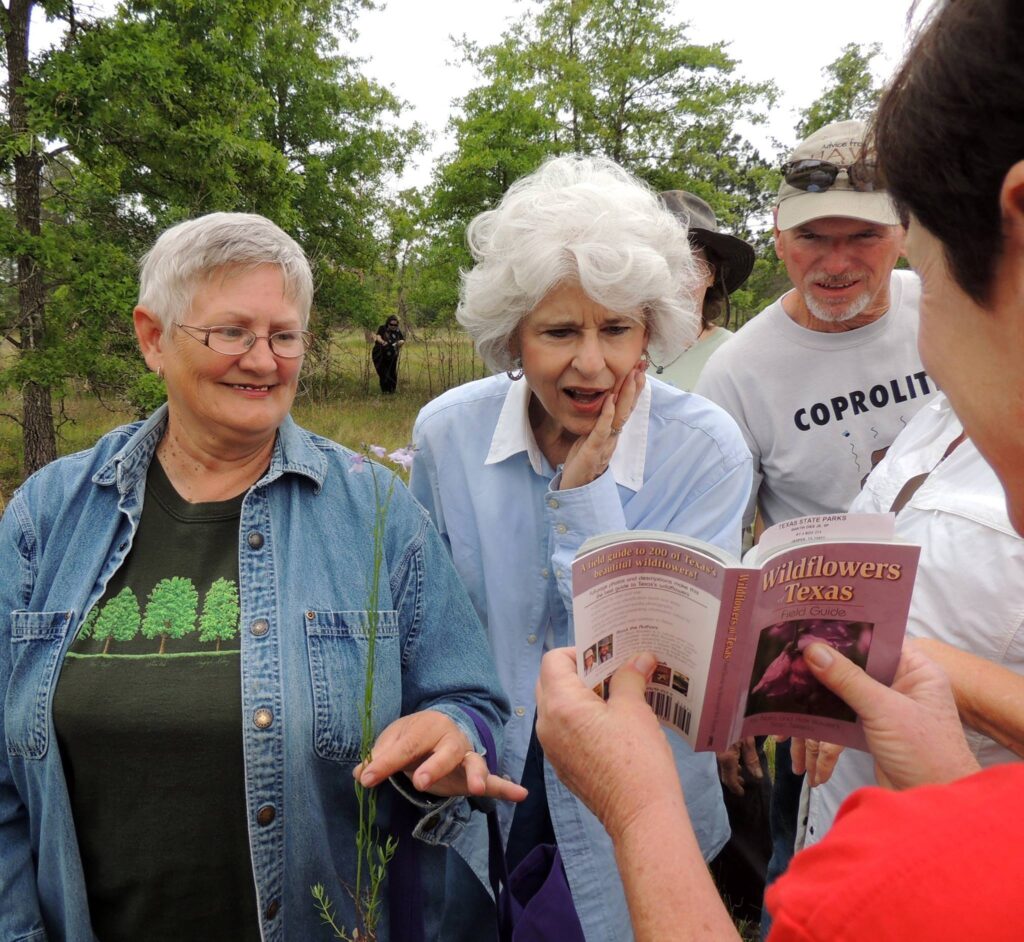
An award-winning impact
To date, the Texas Master Naturalist program has reached more than 6 million people through educational programming, constructed more than 3,000 miles of trails and clocked 6.787 million service hours with an economic impact totaling over $215 million.
Despite the national shutdown that took place during the COVID-19 pandemic of 2020, Master Naturalists across the state continued their efforts through virtual service projects.
“There were so many creative virtual and distance-based opportunities during that time,” Haggerty said. “Our members liked it so much that we’ve continued to evolve and develop new options.”
Haggerty said the virtual options are a great relief during the heat of Texas summers and provide new accessibility for working professionals seeking to fulfill required volunteer hours.
These ongoing contributions have not gone unnoticed. The program has received more than 40 state and national awards, including:
· The Bright Idea in Government Award from Harvard University’s Ash Center for Democratic Governance and Innovation.
· The Governor’s Volunteer Award in Community Leadership from the OneStar Foundation.
· The Keep Texas Beautiful Organizational Award.
· The Civic and Community Environmental Excellence award from the Texas Commission on Environmental Quality.
“My hope is that when someone thinks of the future of Texas’ natural resources, they think of Master Naturalists and the Texas Master Naturalist program,” Haggerty said. “So many great things are accomplished because of the efforts of our volunteers.”
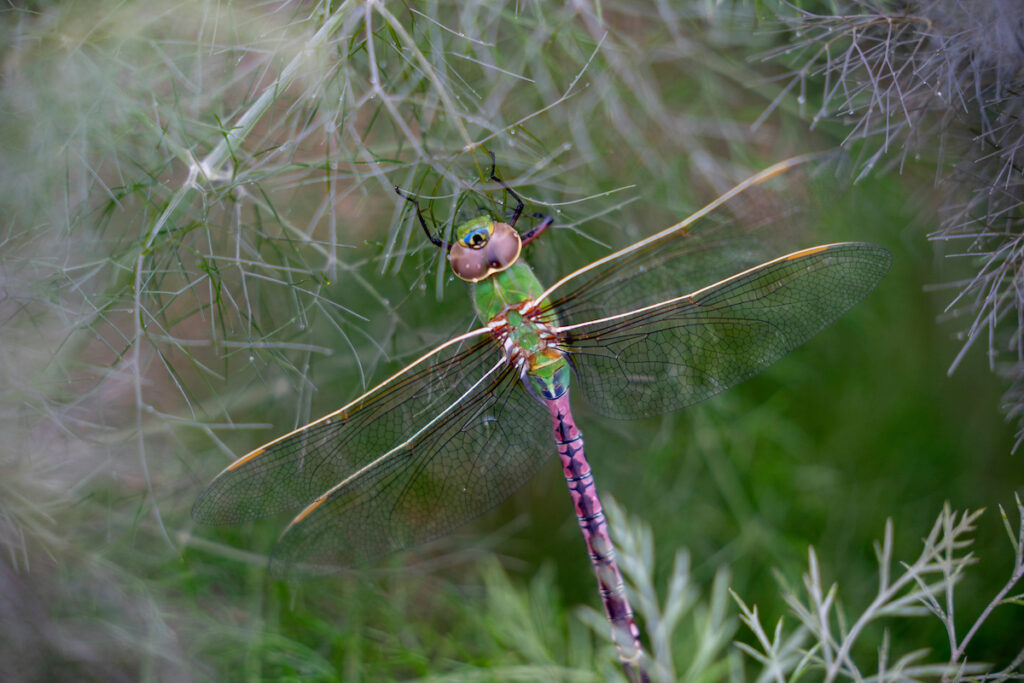
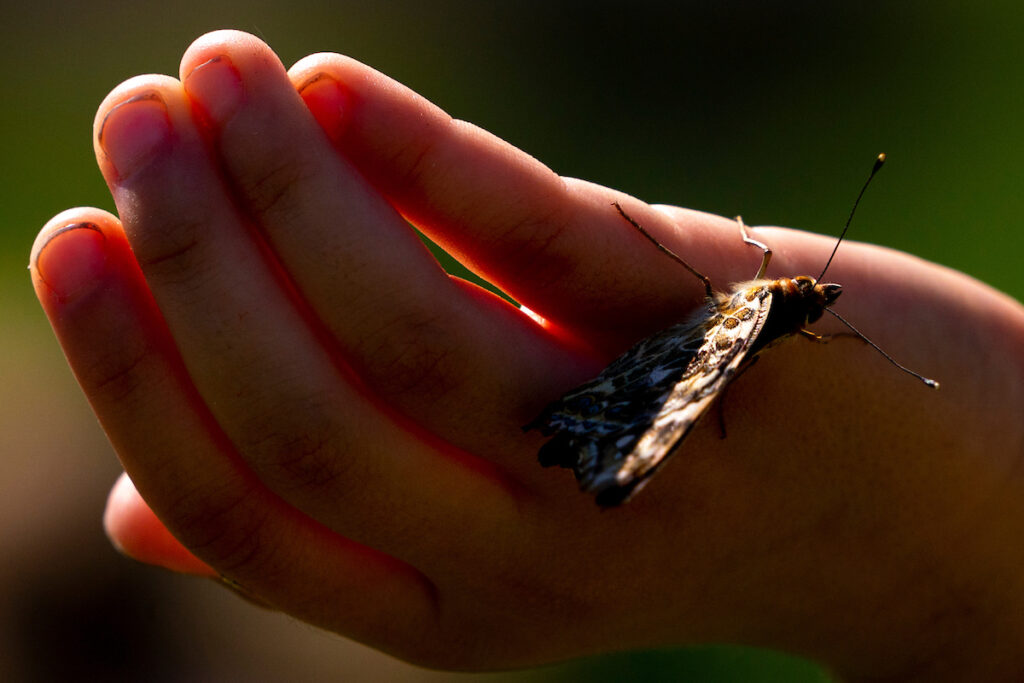
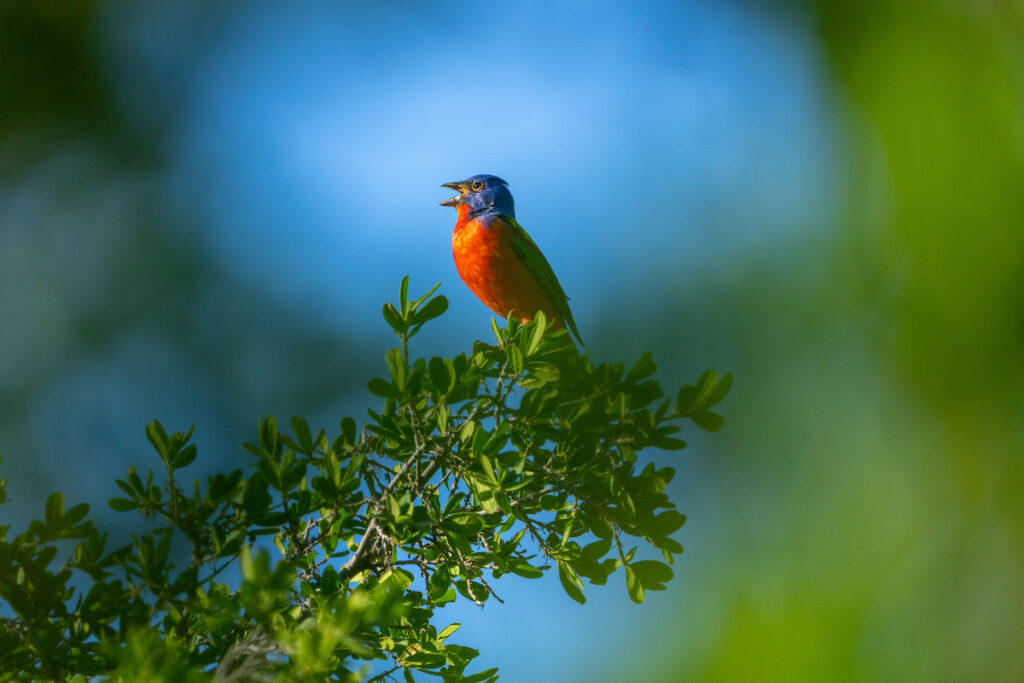

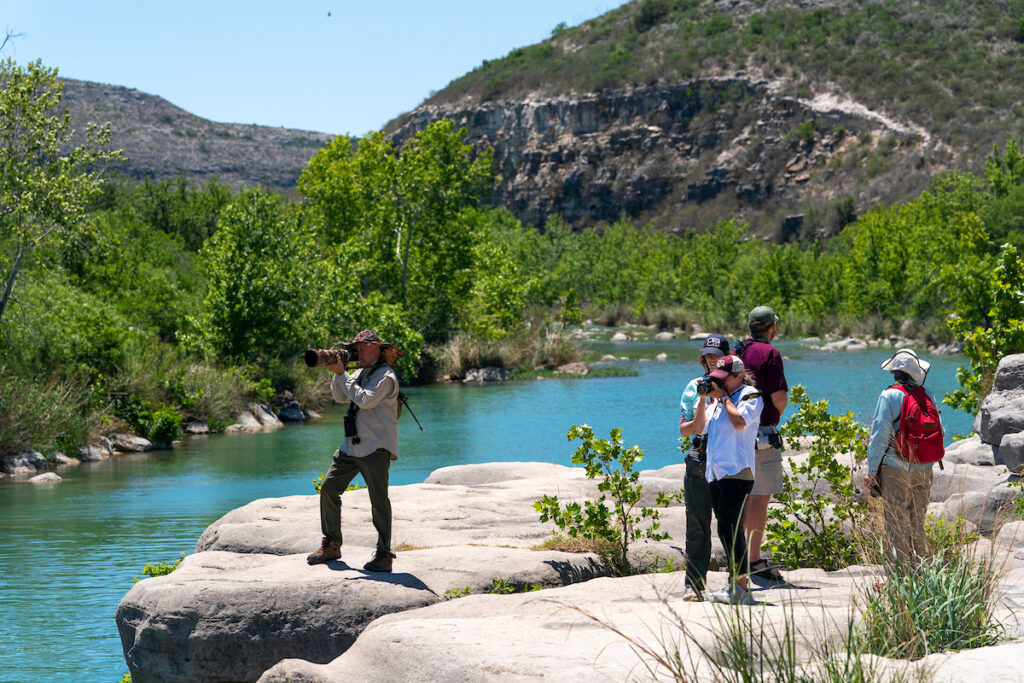
A new generation of Master Naturalists
Looking forward, program leadership said they are excited to see younger Texans becoming more engaged with the program.
“Historically, the Master Naturalist program was primarily comprised of volunteers aged 55 and older,” Meuth said. “But over the past five years, Generation X and millennials have really taken hold of the idea of community and civic service, as well as engaging with the environment.”
A prime example of increased youth engagement is Zachary Chapman who joined the Cross Timbers Chapter in 2016.
“If it was not for the Texas Master Naturalist program, I have no idea where I would be now,” Chapman said. “I found my true love for nature, as well as videography and photography.”
Currently, Chapman is pursuing a degree in photography with a focus on documenting wildlife.
The creation of collegiate chapters of Texas Master Naturalists in 2018 has also provided engagement with younger participants.
Local Master Naturalist chapters worked directly with universities to schedule approved coursework to fulfill advanced training requirements, while also offering course credit for students and continuing education credits for other community members.
“All of our existing collegiate chapters look a little bit different because every city, every college and every Master Naturalist chapter has its own personality,” Meuth said. “Because these courses include members of the traditional Master Naturalist audience learning and working alongside young professional trainees in college, mentorship is very much a part of these chapters.”
Currently, the three collegiate chapters include the Balcones Canyonlands Chapter at Concordia University, the Prairie Oaks Chapter at Tarleton State and the Gulf Coast Chapter at the University of Houston-Downtown.
A community of like minds
Besides the focus on learning, personal development and service, Meuth said there is one hidden feature of the Texas Master Naturalist program that deserves recognition — a sense of family.

While some chapters certainly include biological families — including multiple generations — other family like relationships are forged along the way.
“I have become happier in life from being a Texas Master Naturalist,” said Lynn Seman, member of the Rolling Plains Chapter. “We ‘nature nerds’ seem to find each other while out on the trails or teaching children about insects. I have made lifelong friends in the program that I would have never known without it.”
In October, this collective family converged on McAllen for the annual Texas Master Naturalist Meeting. For five days, more than 480 Master Naturalists from across the state explored the natural wonders of the Lower Rio Grande Valley, participated in educational seminars, shared new ideas and learned from one another.
“It’s like a big family reunion,” Meuth said. “To see friends that we haven’t seen in an entire year, catch up on new ideas and learning opportunities is just an amazing experience.”
The annual meeting culminated in the 2023 annular solar eclipse — a striking natural phenomena fitting for such a notable anniversary celebration.
Following an educational session by Ryan Oelkers, Ph.D., assistant research scientist with the Texas A&M Department of Physics and Astronomy, attendees traveled to the East Foundation’s El Sauz Ranch to marvel as the eclipse passed above them.
“It was amazing; it was magical,” said Meuth. “That’s the best way I can describe it.”
Haggerty and Meuth have a key priority moving forward, making the next 25 years of the Texas Master Naturalist program as impactful as the first.
“I see our audience expanding to engage new and existing Texans who may not have an inherent connection to the outdoors or are just curious about nature,” Meuth said. “I want to see us connecting new audiences as we continue to move forward.”





